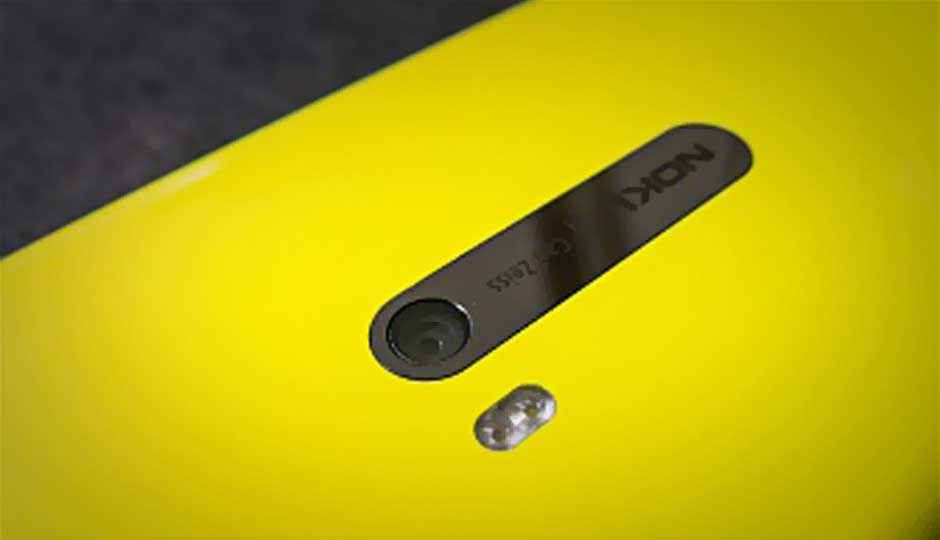A closer look at Nokia Lumia 920’s Camera

Been wondering how exactly the Nokia Lumia 920 manages to take such amazing photos? Well, we've got some of the answers right here.
The Nokia Lumia 920 is the Finnish mobile manufacturer’s flagship device, shipping with a camera that has been making some serious waves ever since it was announced. We’ve already concluded our in-depth review of the phone and its camera, but the real question still remains. What exactly is going on under the hood that makes the Lumia 920 take such great images? If you’re the lot that’s been bugged by precisely this question, then we have some of the answers.
Metering
It all begins with the camera metering the light in the scene. A conventional point and shoot camera will offer you three ways of measuring light and that’s because their size permits for that much circuitry to be packed into it. The Lumia 920 doesn’t enjoy that luxury. The optics guys at Espoo had to take a call and chose to go with Matrix metering, which essentially measure all the light in the scene and then averages it out to create the optimum shutter-speed and aperture. The good thing about this is that theoretically, it will lead to images that are well balanced in terms of exposure, but the bad part is that if your subject is backlit, or if there is a strong lightsource in the shot, then you’re going to have a bad time. The biggest advantage of Matrix metering is that it’s the best suited for low light photography, the one area where the Lumia 920 is really trying to outshine the competition.
Aperture and Shutter
One of the first thoughts we had when we looked at some close-up images from the Lumia 920 was that the “Bokeh” (background blur) not as pleasing as we’re used to seeing. Granted our DSLR and the 50mm f/1.4 has us spoilt silly, but we couldn’t help but wonder why the Lumia 920 doesn’t have a physical aperture and shutter.
The answer to that question is apparently quite simple. If you think about it, the phone is the most roughly handles piece of electronics you carry. It goes in the pocket, in the dash, thrown across the table (well, it happens!) and what not. Building a physical aperture assembly into a lens that’s already so tiny would mean incredibly small and thin aperture blades and when you think about the rough use the phone gets, it just doesn’t seem feasible. Simply put, a physical aperture and shutter assembly would not really survive the physical abuse a phone is used to seeing. This is also the reason why optical zoom won’t be making a debut in camera phones anytime soon.
The Lens
Now this is where a lot of the magic lies. We’ve been really curious to know the specifics of the lens used in the Lumia 920 and turns out, it’s a 5-element, single group design. Each element is aspherical to reduce aberrations and distortions and five of them put together help reduce the overall number of elements that would be otherwise required to create an optically stabilized lens assembly. Speaking of optical image stabilization, the OIS works quite differently in the Lumia 920 than it does in a conventional camera lens. Normally, in a conventional camera, its only one element of a lens that moves in order to compensate for the shake the camera is experiencing, but in the Lumia 920, it’s the entire lens assembly that moves.
According to Nokia, being able to move the entire lens assembly allows for a wider range of compensation and if they’d have you believe their numbers, then the lens can account for up to 500 movements per second. That is a LOT of movement, but we have seen the Lumia 920 perform exceptionally well as far as stabilizing shots goes, so we’ll take Nokia’s words for it.
Finally, we conclude by saying that Nokia’s managed to pull off the low light extravaganza thanks to the fast f/2.0 lens coupled up with a modest Back-Side Illuminated sensor coupled up with an optical image stabilizer that allows one to handhold the camera at shutter-speeds that were previously not possible in a cellphone camera.

